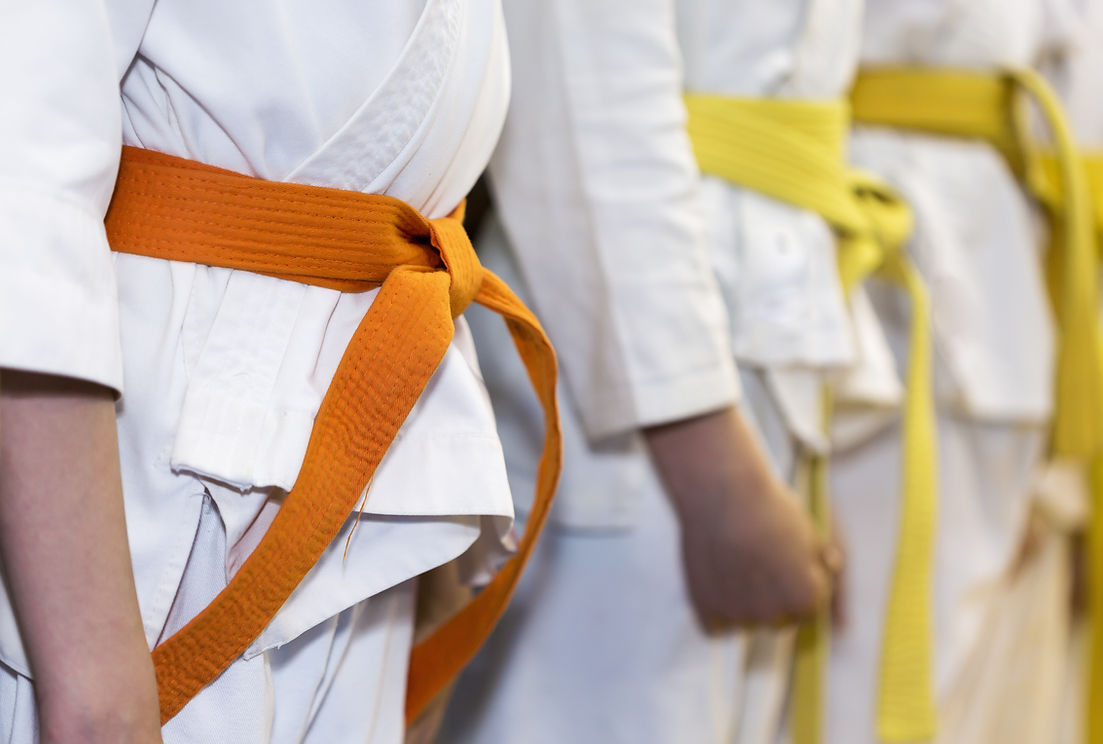
What is American Karate?
Karate was first introduced to American service men after World War II by Japanese karate masters. With the new found skills many of these US servicemen took these skills to the United States and established their own dojos. Many Japanese karate instructors also sent instructors to popularize the martial art in the United States. Robert Trias was the first American to open a karate dojo in the United States.
In 1946 Robert Trias, a returning U.S. Navy veteran, began teaching private lessons in Phoenix, Arizona. Other early teachers of karate in America were Ed Parker (a native Hawaiian and Coast Guard veteran who earned a black belt in 1953), George Mattson (who began studying while stationed in Okinawa in 1956) and Peter Urban (a Navy veteran who started training in 1953).
Prior to 1946, most Karate teachers outside Japan were in the Territory of Hawaii (not yet a state). Many of those teachers taught Kempo to only Asians and locals. One such teacher was James Mitose. It was through Mitose that one style of Kempo (Kosho Shorei Ryu) was introduced to the world through William Chow, one of his black belts, who then went on to modify it and train Adriano Emperado, Edmond Parker, Ralph Castro and a host of other future Grandmasters, some who brought the modified art to the U.S.
In the 1950s and early 60s several other Asian karate teachers began arriving in America to seek their fortunes and to aid in the popularization of the art. They included Hidetaka Nishiyama, Teruyuki Okazaki, Takayuki Mikami, Tsutomu Ohshima, Richard Kim and Takayuki Kubota. Several Koreans also came to America in those days to introduce the Korean version of the martial arts (not yet known by the term tae kwon do). They included Jhoon Rhee, Henry Cho, Kim Soo and Jack Hwang.
In spite of the presence of these Asian instructors, karate was primarily spread across the country in the early days by American-born teachers. They included Trias (called the "Father of American Karate"), Don Nagle, Parker, Mattson, and Urban, plus pioneers like Harold Long, Steve Armstrong, Allen Steen, Ernest Lieb, Pat Burleson, Chuck Norris and Joe Lewis.
In the 1960s saw a tremedous growth in karate in the United States. By the 1970s the were even professional karate tournaments a precursor for Full contact karate and Kickboxing.
